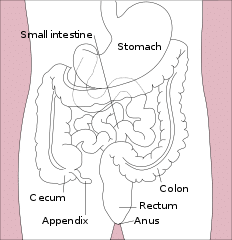MedicalResearch.com Interview with:
 Lauren McCollum, MD
Lauren McCollum, MD
Cognitive and Behavioral Neurology Fellow
Penn Memory Center / Cognitive Neurology Division
MedicalResearch.com: What is the background for this study?
Response: Alzheimer’s Disease (AD) is a heterogenous condition, with considerable variability in cognitive symptoms and progression rates.
One major reason for this heterogeneity is “mixed pathology,” – i.e., both AD- and non-AD pathology. Examples of non-AD pathology include cerebrovascular disease (CVD), Lewy Bodies, and TDP-43. Pathologically, Alzheimer’s Disease is defined by characteristic amyloid plaques and neurofibrillary tangles, which can be assessed for in living patients with CSF- or PET-based biomarkers for amyloid and tau, respectively. Classically, amyloid deposition begins years or even decades before pathologic tau accumulation, which is in turn associated with brain atrophy and cognitive decline.
The recently developed NIA-AA “ATN” research framework allows for the classification of individuals with regard to 3 binary biomarkers: Amyloid (A), Tau (T), and Neurodegeneration (N). An individual’s ATN biomarker status indicates where along the “Alzheimer’s Disease continuum” they lie. Additionally, some ATN statuses are on the “typical AD” continuum, while others are not. Research has shown that 15-30% of cognitively normal older adults have elevated amyloid. It stands to reason that some portion of cognitively impaired individuals with elevated amyloid and neurodegeneration have something other than AD driving their neuronal injury. Within the context of the ATN research framework, this subset of people is the A+T-N+ group (i.e., people who have elevated amyloid and neurodegeneration, but are tau-negative), as amyloid alone (that is, amyloid without tau) is not thought to cause significant cognitive impairment or brain atrophy. Our hypothesis was that, compared to A+T+N+ (a set of typical-AD biomarkers), A+T-N+ have cognitive and neuroimaging profiles that deviate from a typical Alzheimer’s Disease pattern – i.e., with less memory loss and less atrophy in AD-signature regions – and may have biomarkers suggestive of alternate non-AD pathologies [e.g., white matter hyperintensities (WMHs), a marker of CVD].
(more…)




























